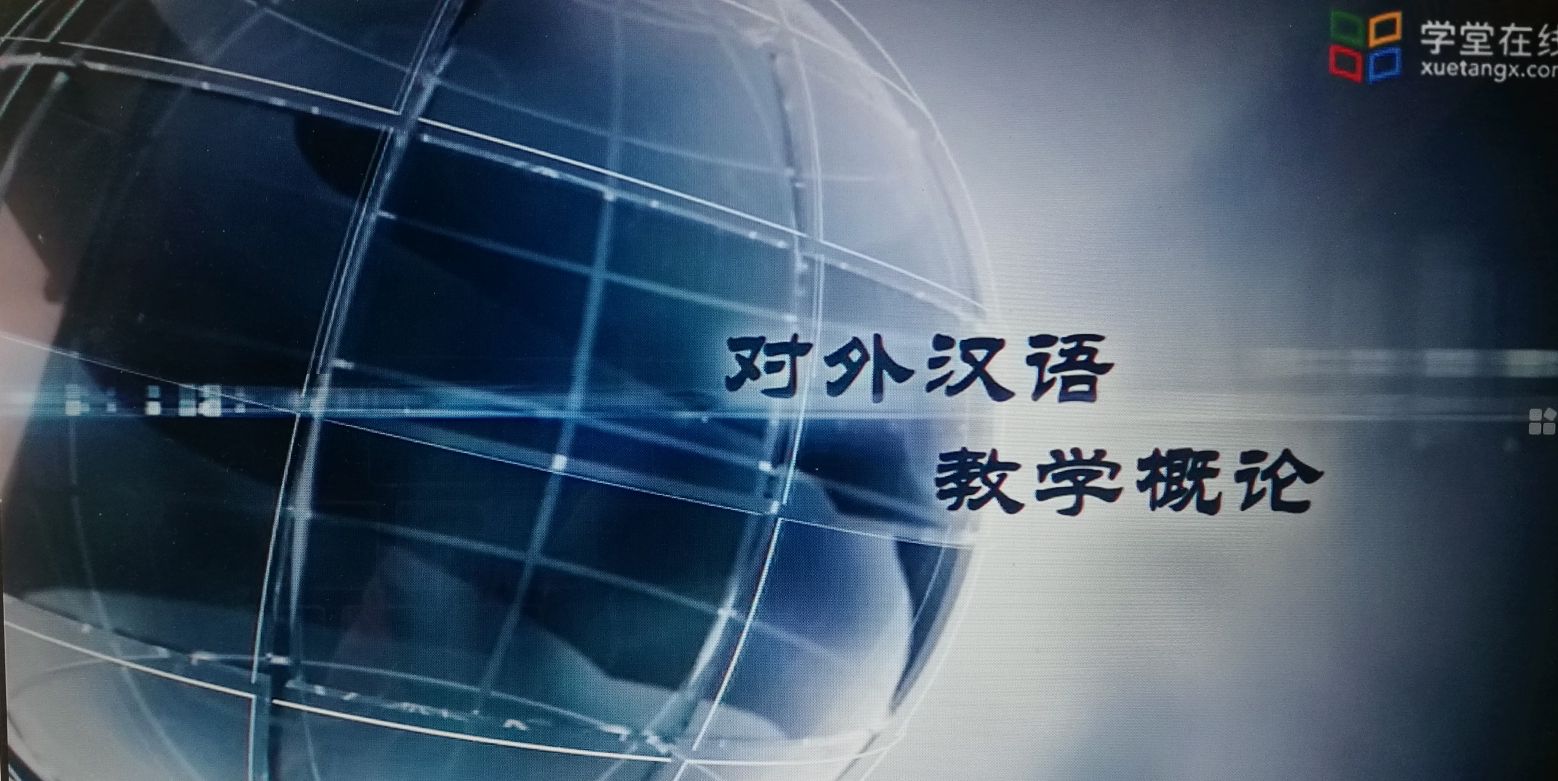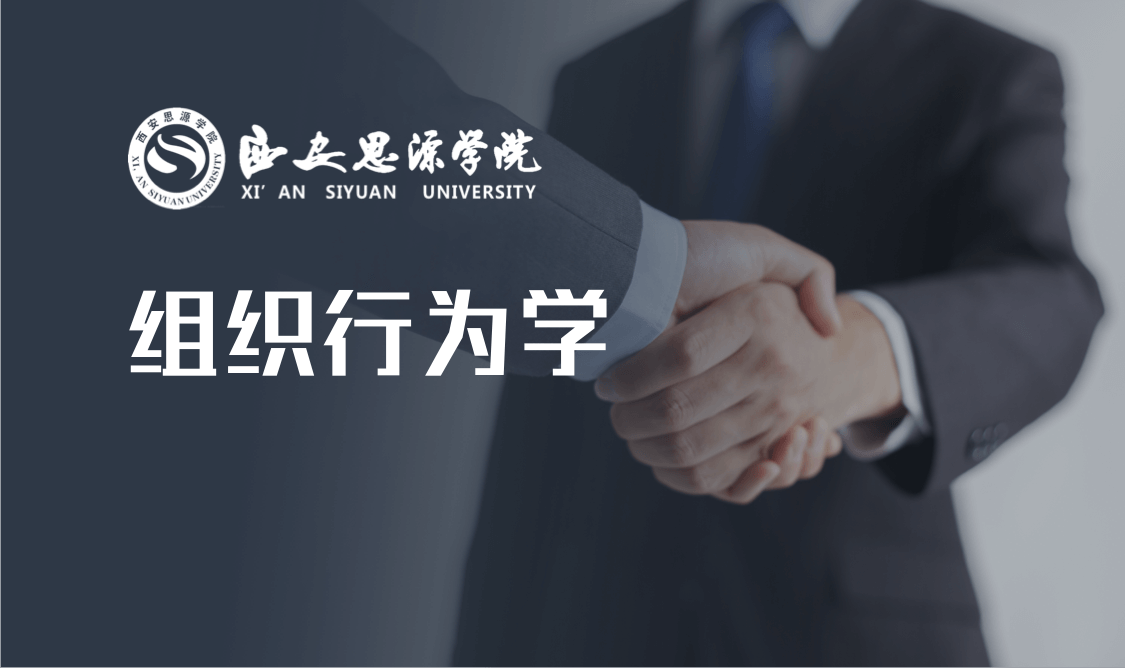
当前课程知识点:How to be an Effective Learner : Academic Skills for University Success > Chapter1 How to Study at the University? > 1.8 Becoming a good time manager > 1.8 .2Becoming a good time manager
返回《How to be an Effective Learner : Academic Skills for University Success》慕课在线视频课程列表
返回《How to be an Effective Learner : Academic Skills for University Success》慕课在线视频列表
-1.1 Understanding higher-level study
--1.1 Understanding higher-level study
-1.2 What are study skills?
-1.3 Different types of teaching
--1.3 Different types of teaching
-1.4 Different learning tasks in universities
--1.4 Different learning tasks in universities
-1.5 CREAM Learning Strategies
--1.5 CREAM Learning Strategies
-1.6 Reflecting on your learning style
--1.6 Reflecting on your learning style
-1.7 Conducting independent learning
--1.7 Conducting independent learning
-1.8 Becoming a good time manager
--1.8.1 Becoming a good time manager
--1.8 .2Becoming a good time manager
--1.8 .3Becoming a good time manager
--1.8.4 Becoming a good time manager
-Chapter1
-2.1 Participating the class
-2.2 Learning through lectures
--2.2 Learning through lectures
-2.3 Learning through seminars/tutorials
--2.3 Learning through seminars/tutorials
-2.4 Using the right style for effective communication
--2.4 Using the right style for effective communication
-2.5 Exchanging emails: connecting with professors, peers, professionals
--2.5 Exchanging emails: connecting with professors, peers, professionals
-2.6 Differentiating some high frequency phrases
--2.6 Differentiating some high frequency phrases
-Chapter2
-3.1 Note-taking during lectures
--3.1 Note-taking during lectures
-3.2 Four “Uses” in note-taking
--3.2 Four “Uses” in note-taking
-3.3 Note-taking while reading
--3.3 Note-taking while reading
-3.4 Taking “active” notes
-3.5 Taking notes with visual images
--3.5 Taking notes with visual images
-Chapter3
-4.1 Why do lecturers set group assignments
--4.1 Why do lecturers set group assignments
-4.2 Why are study groups better than self-study
--4.2 Why are study groups better than self-study
-4.3 How to make the process work well
--4.3 .1How to make the process work well
--4.3 .2How to make the process work well
-4.4 How to participate in group discussion
--4.4 How to participate in group discussion
-4.5 How do individuals become team players
--4.5 How do individuals become team players
-4.6 How to listen and share opinions in groups?
--4.6 How to listen and share opinions in groups?
-Chapter4
-5.1 How to structure the presentation?
--5.1 How to structure the presentation?
-5.2 How to delievere the presentation?
--5.2 How to delievere the presentation?
-5.3 How to use visual aids in communication?
--5.3 How to use visual aids in communication?
-5.4 Interacting with Audience
--5.4 Interacting with Audience
-5.5 Leraning presentaiton skills from Steve Jobs
--5.5 Leraning presentaiton skills from Steve Jobs
-Chapter5
-6.1 Carrying out literature search
--6.1 Carrying out literature search
-6.2 Two common speed reading techniques
--6.2 Two common speed reading techniques
-6.3 Active reading techniques
--6.3.1 Active reading techniques
--6.3.2 Active reading techniques
-6.4 SQ3R method
-6.5 Reading the literature Critically
--6.5.1Reading the literature Critically
--6.5.2 Reading the literature Critically
--6.5.3 Reading the literature Critically
--6.5.4 Reading the literature Critically
-Chapter6
-7.1 Knowing about the writing processes
--7.1 Knowing about the writing processes
-7.2 Understanding the common features of academic writing
--7.2 Understanding the common features of academic writing
-7.3 Critical analytical writing VS descriptive writing
--7.3 Critical analytical writing VS descriptive writing
-7.4 Reasoning
-7.5 Presenting arguments in logical orders
--7.5 Presenting arguments in logical orders
-7.6 Linking ideas together
-7.7 Proofreading out loud
-Chapter7
-8.1 The university as an intellectual community
--8.1 The university as an intellectual community
-8.2 Four types of academic misconduct
--8.2 Four types of academic misconduct
-8.3 What is plagiarism?
-8.4 How to create proper English citations?
--8.4.1 How to create proper English citations?
--8.4.2 How to create proper English citations?
-8.5 What plagiarism detection software to use?
--8.5 What plagiarism detection software to use?
-Chapter8
-Finalexam

